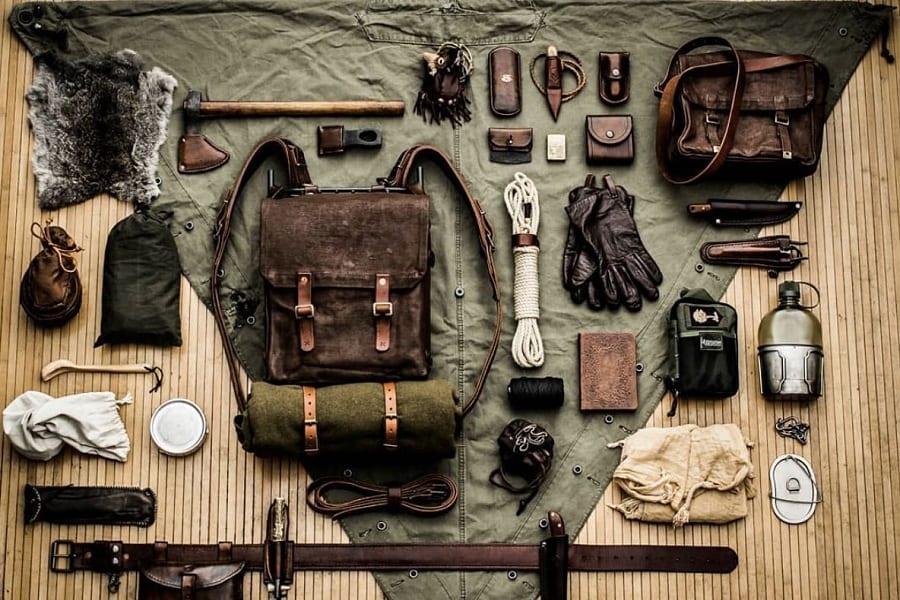Simply put, an SHTF plan stands for Sh*t Hits The Fan situations. You can broadly classify these situations into natural or human-made disasters.
Natural calamities like floods, tsunamis, droughts, earthquakes, wildfires can barge in at any given moment. Even human-made disasters are particularly harmful, starting from cyber-attacks, nuclear war, grid-down, or a job loss.
These disasters will wait for no one, and to come out alive, you need to use your prepping skills and knowledge.
Contents
Ultimate Guide To Planning 101
This planning guide takes you through planning and prepping for an SHTF emergency. The process can change according to your individual needs and geographical location.
Your first step will be to sit down and mark all the potential natural and human-made disasters your current location can face.
The following are the basic steps you need to follow after assessing potential threats:
Binder… Your Prepping Bible
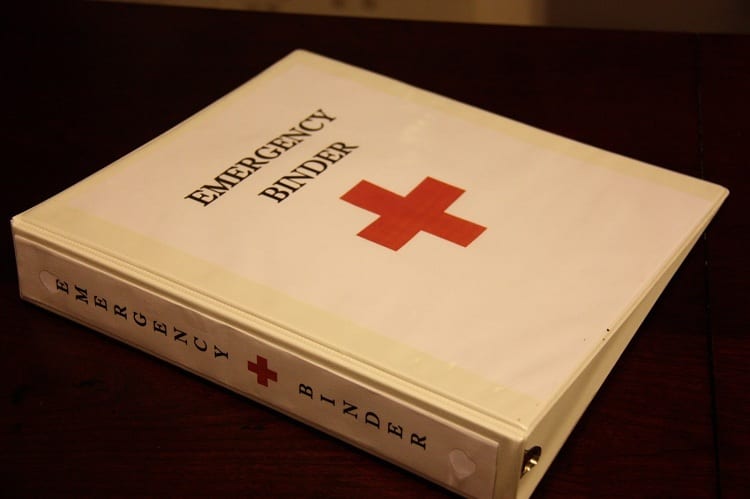
It is improbable that you will plan your SHTF emergency plan just for yourself. Your family, neighbors will be on your list, too, and for that, it is essential to have a binder full of information necessary for survival.
You can keep two binders, one in your car and one at the house. Include everything in your binder, starting from the evacuation plan to the safety information.
This binder should have different strategies for different emergencies, personal documents, printed maps of the roads you will use, a checklist of survival kits, and your stockpile data.
Each person from your family should be well aware of this book and its content.
Advance Planning
The SHTF situations can be theatrical and cause chaos; you need to have a proper plan ready to execute.
Planning an SHTF ahead of time will save you from the uncertainty and confusion that the situation offers.
When you plan, you already know the emergency’s needs because of your planning and drilling sessions. If you are new to prepping, we highly recommend that you start planning from today to save your life in the future.
Water Storage Essentials
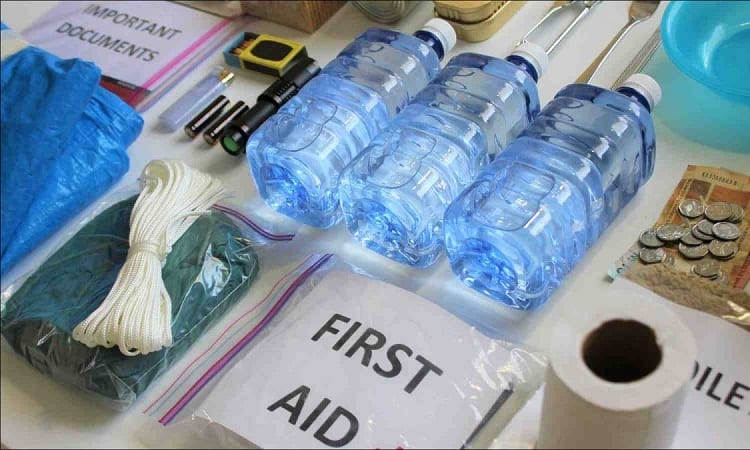
Water storage is essential, especially when you are bugging in during an emergency. Calculate the number of people staying with you and keep your storage options ready.
An average person will require a gallon of water per day on an average so calculate the number of days you are planning on staying and the amount of water you can store.
Big storage tanks will be a perfect option for this but consider water filtration as it will save you space, and you can take it with you, unlike the storage tanks.
Chlorine tablets and water filter straws should do the trick.
Meeting Place
Your plan should have a pre-determined meeting place when SHTF. This place can be your home or a public location away from the house, depending on the situation’s requirements.
The site should be accessible by foot and away from major highways and roads.
Food Stockpiling
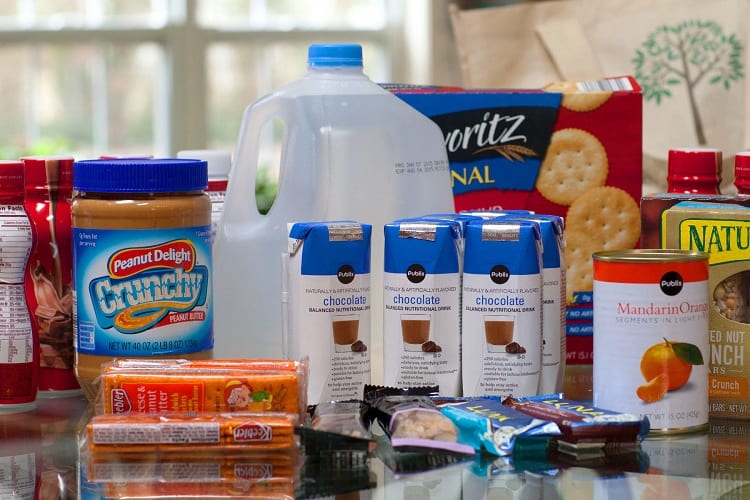
You cannot prep for an SHTF situation without food considerations.
Many preppers have one-year supply storage in their house, which is a significant achievement, but if you are new to the stockpiling, start with little and keep adding.
Remember to only buy food with a long shelf life, easy storage, nutritional value. The food you stock should fit according to your family’s dietary restrictions.
Use the following stockpile list as a checklist when you go out to buy your groceries:
- Dried pasta and pasta sauces
- Cereal
- Peanut butter
- Dried fruits
- Canned beans, chicken, turkey, and salmon
- Canned soups, chili, and one-pot meals
- Power bars. Granola bars
- Powdered milk
- Spices
- Rice
- Flour
- Legumes
- Frozen fruits
- Crackers and cookies
- Snacks
- Baking supplies
Keep a tab of your inventory and keep checking the expiration dates. You do not want to eat expired food that will cause you problems.
A Helpful Tip
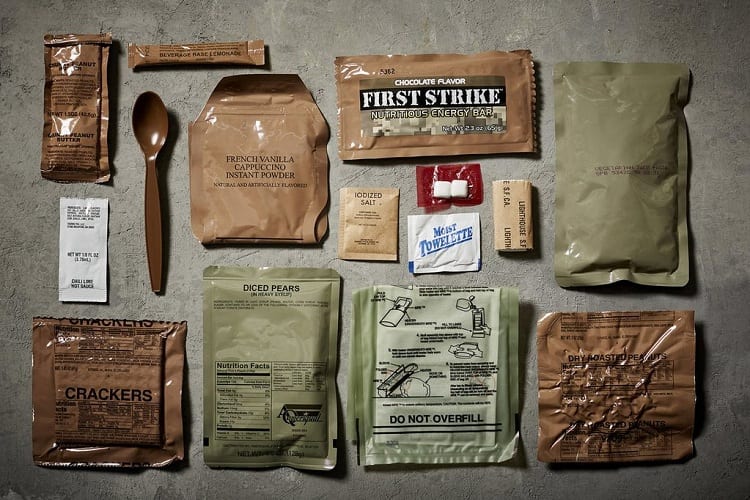
If somehow you need a little more to stockpile during the last moments, then head to a restaurant supply. They will have big batches of frozen food and packaged mixes of cakes, bread, and other things.
The food you will get will be cheaper and, most important- available. If you want to stock up on MREs, then walk along the aisle of sporting goods. They will have freeze-dried food and 5-gallon survival buckets.
Learning Survival Skills
Accumulating practical survival skills should be in your plan as you will be on your own, so knowing how to perform first aid and other skills will save your and your family’s life. Essential skills that will be valuable include:
- Medical training
- Fire making
- Hunting
- Outdoor survival
- Mechanical skills
- Tool usage and handing
- Building/ carpentry
- Self-defense
- Home cooking
- First aid
Survival Gear and Bug-out Bag
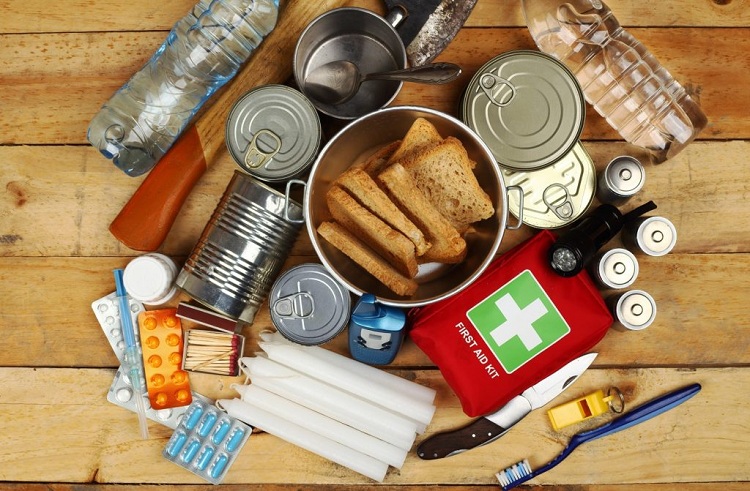
Prepare a detailed list of gear that will prove to be helpful in an emergency. If you are bugging in, you can stash a lot of equipment in your basement; you can also store all of your gear in your bug-out location.
When you are packing for a bug-out bag, find and add all the necessary things in a miniature size. Do not use the gear at your home and the equipment in your bug-out bag interchangeably.
They both should be separate. Few categories of gear and tools that you can focus on:
- Cooking gear
- Water purification equipment
- Self-defense tools
- Fire making tools
- Sanitation supplies
- Hygiene supplies
- Flashlight
- Medications
- Communication tools
Taking control of your finances
You cannot be free without a heaping debt on your shoulders. Straighten your finances in such a way that you spend your earnings for the necessary day-to-day items and save the rest as an emergency fund.
You should also keep some extra cash with you at all times and spend the rest on buying and prepping.
Keeping your family and yourself fit

If you decided to bug-out, you and your family should be fit enough to survive and sustain the lifestyle.
Undoubtedly, your bug-in or bug-out lifestyle won’t be fancy, you will be living to survive, and that can be hard if your body doesn’t know exercises and fitness. Keep your body and mind in shape to prepare yourself for an SHTF situation.
These were the primary things that every prepper should consider and try to put together. As said earlier, you can add or subtract all the items according to your need.
But this is the basic structure that you should adhere to.
Wilderness vs City: Choosing Between The Two
When to choose wilderness
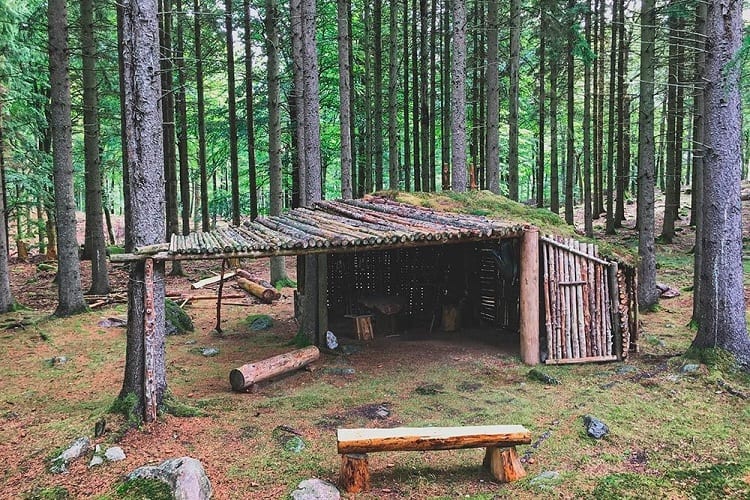
You can get your bags ready and move in the wilderness if you feel staying at your house is a threat and risk. You can move out when there is a tornado approaching, and the target point is your house.
Moving to the wilderness should be an option only if you know the place you will stay at; otherwise, it will be dangerous to stay there.
An ideal situation to bug-out will be having a little house in the woods with all the water, food, survival gear and protection stocked up. You can move to woods in such cases.
Have a robust vehicle ready that you can rely on. Pick out roads that are less populated and move out during the night, so no one catches your movement.
When to choose your home in the city
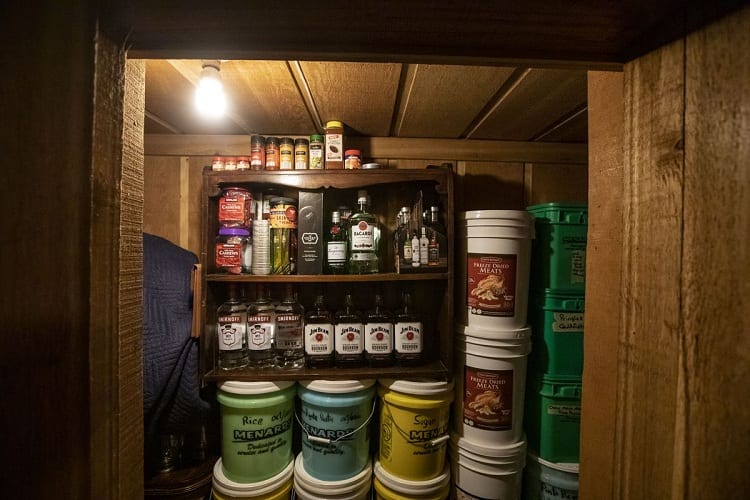
Practically speaking, you cannot always bug out whenever a minor discomfort arises. Sometimes, it is a much better option to stay at home and protect your family from there.
You can easily manage a simple power grid cut-off emergency by staying inside. Staying in your house will be less time and energy-consuming.
You already have food stocked, water stored, and all the essential things, along with comfort items. Make sure to invest in a wood burner or stock up extra gas tanks so that you can easily cook meals.
If it is winter and the lights are out, try to insulate one single room and stay there to make the room warm.
You should mention all the information about your plan of moving out or bugging-in the binder with detail. Every person should know their role and the work they might need to do in various situations.
This planning will settle down the anxiety, and you will have a smooth transition into the plan.
How Much Is Too Much?
If you ask any prepper about this answer, they will suggest that nothing is too much. Your life relies on preparation, so anything you can add will help you during an SHTF situation.
At the same time, we do not want you to prep without thinking. Each step and item you add to your list should serve you somehow.
Prepping can take a lot of money and time out of your hand, so make sure you are ready and in a situation to spend. You do not need to buy a year’s worth of supply all at once.
Start with one item at a time, and you will be well prepared in no time.
Wrapping Up
That was our ultimate guide on preparing a plan during the SHTF situation. We hope you found the prepping plan guidelines helpful.
You should not worry about the vast number of things you need to stockpile or the enormous amount of detailed plans you need to come up with.
Prepping takes time, and you need to collect information and build your skillset one day at a time. Happy prepping!
Resources:

